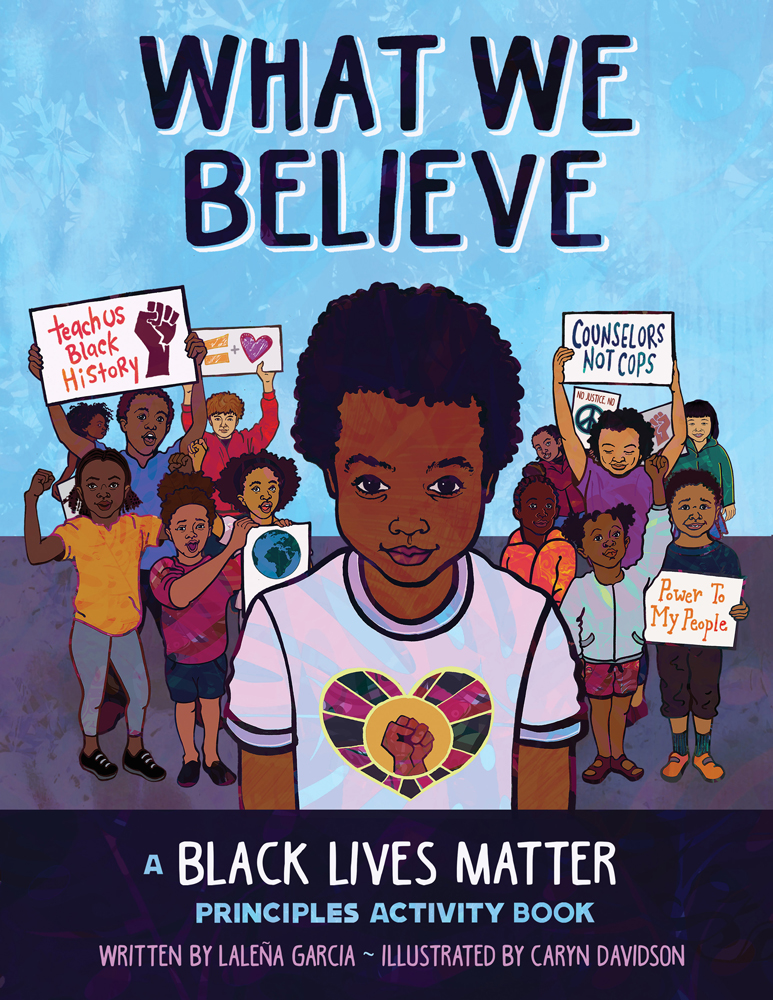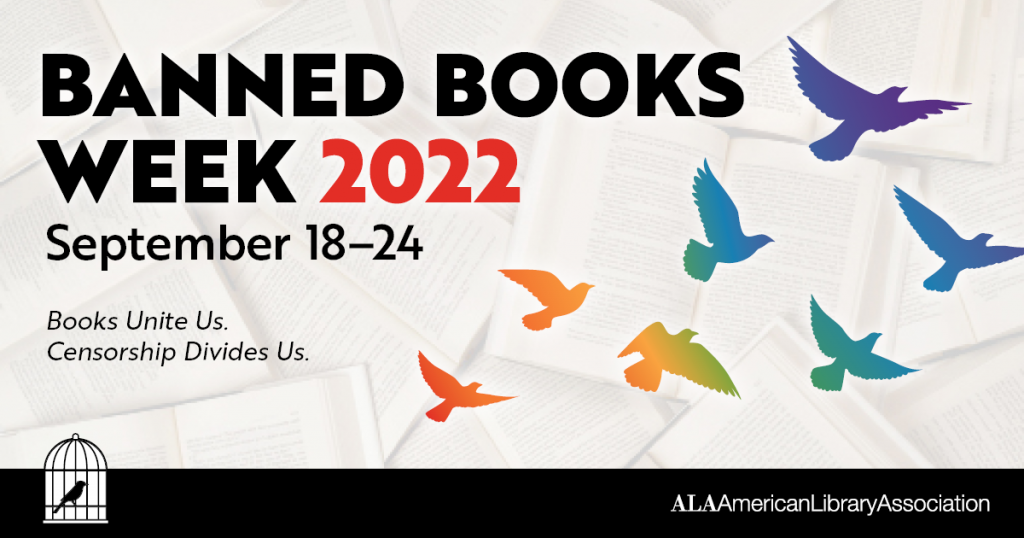By Katie Potter, Senior Literacy Manager

Educators are entering a new school year, and there are themes and units that we’re excited to tackle. It’s always a joy to see the wonder on children’s faces when they’re engaged with a riveting book and the powerful conversations that ensue.
Despite those exciting feelings, sometimes challenges will arise, and we as educators need to be prepared to have nuanced discussions with administrators, caregivers, and other people who want to be involved with students’ lives and the books we’re showcasing in our classrooms. It is also important to make sure to have a challenge policy in place that will treat all challenges equally if they arise. Continue to consult and follow the policy all school year to address any potential pushbacks.
As you follow that policy, we have recommendations on how to approach questions and challenges against a book for use in the classroom:
- First and foremost, recognize and remember that everyone in the discussion is trying to be a child advocate. Our goal together is to offer high-quality reading experiences to children and help prepare them for the world. As we discuss the ways that a book is used in the classroom, emphasizing this at the forefront of all conversations will help everyone in the room remember that everyone is acting in good faith and wanting the best for their students.
- Refer back to your school’s mission statement. Laleña Garcia, kindergarten teacher and author of What We Believe: A Black Lives Matter Principles Activity Book, mentions in her Resource and Activity Guide, “One thing I always tell teachers is to go back to your school’s mission statement. What does it say about supporting all children, or fostering equity, or working for change, or social justice, or building community, or anything that might be relevant?” Continue to reference the school’s mission statement all year long, and display it on chart paper or a large poster that’s clearly visible to all students in the classroom.
- Talk about the themes and messages that you want the students to take away from the book. “Understanding another person’s perspective” and “accepting people for their differences” are some general examples of what you want students to learn. Students thrive when they see their lived experiences reflected in the books that they see and read in the classroom. Be concrete and specific about the skills that students are going to acquire from engaging with this particular text, and exemplify how students’ newfound awareness are all contributing to their academic and emotional wellbeing.
- Discuss civic engagement and the role that students play in overall society. In the webinar, “SEL On Your Shelf: Using Books to Build SEL Skills,” developmental behavioral pediatrician Dr. Adiaha Spinks-Franklin likens teaching about SEL and other nuanced topics to citizenship courses. Following the rules, being kind to your neighbor, sharing, and waiting your turn in line are all aspects of citizenship. We want our students to be active and helpful people in our communities, and the themes in our books help to convey just that.
- Do your homework: where in the curriculum do you want to use this title? Will students engage with this text with an adult or independently? Which standards will this book be used to teach? Why is this the best book to teach this content, skill, and/or standard?
- Consider what additional information you can share with colleagues, administrators, and caregivers before and after you read the book. Send a letter home to caregivers a week before to answer questions, and include awards, honors, and critical reviews the book has received. Book reviewers such as Kirkus and Publishers Weekly often include the recommended age ranges for a title and can further demonstrate the book is age appropriate. Invite caregivers to be a part of the lesson or welcome them to attend the day of the reading(s). Provide additional talking points and open-ended questions for caregivers to discuss with their children.
- Seek out your public or school librarian. Librarians will have additional recommendations on how to navigate conversations on book challenges and may be able to find materials from the publisher. Librarians also will have selection criteria and criteria on removal. PEN America reiterates that while it is possible for school-level or district-level committees to decide to remove, reconsider, or restrict books, legal expert best practices demand that committee members, principals, superintendents, and school boards act with the constitutional rights of students in mind. Remember: You are not the first or last educator to select this particular book.
What other tips and recommendations do you have for educators? Please let us know on social media @leeandlow or via email at educators@leeandlow.com!
For more resources on book challenges and Banned Books Week, consult the links below to learn additional information:
PEN America’s Banned Books Resources
American Library Association Banned & Challenged Books
National Coalition Against Censorship Book Challenge Resource Center
GLAAD’s Guide to Battling Book and School Censorship for Students, Parents, and School Staff
National Council of Teachers of English Intellectual Freedom Center
Freedom to Read Foundation
Unite Against Book Bans










